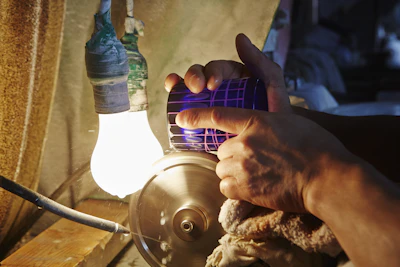
articles
It All Begins with the "Clay" Resting in the Land of Shigaraki
The journey of creating Shigaraki ware begins with its raw material: clay. This high-quality clay, the very lifeline of Shigaraki pottery, is excavated from a stratum called the "Ko-Biwako-sōgun" (Old Lake Biwa Group). This layer was formed some 4 million years ago when the Shigaraki region lay at the bottom of a massive lake.
However, the clay isn't used straight from the ground. One of the most fascinating steps is the "blending" process, where artisans masterfully combine several clays with different properties, tailored to the specific piece they intend to create.
The primary components are "Kibushi nendo" (a highly plastic clay rich in organic matter like plant fossils, making it easy to shape) and "Gairome nendo" (a fire-resistant clay containing coarse particles of quartz and feldspar, which acts as the piece's structural backbone). These clays are mixed and then repeatedly kneaded in a machine called a "dorenki" (pug mill) to remove air pockets and achieve a uniform consistency. This process, known as "tsuchi-neri" (clay kneading), is crucial as it determines the quality of every subsequent stage. Indeed, it is this masterful blending that lies at the heart of Shigaraki ware's versatility, achieving both the strength needed for large-scale works and the suppleness required for delicate forming.

Image courtesy of Uzanyoh(Uzan Seito Co., Ltd.)
This article is for members only.
Please register to read the rest of the article.
- Read members-only articles
and use text-to-speech. - Unlimited article favourites
and browsing history. - Attend members-only events.
- Get the latest information
with our email newsletter.





